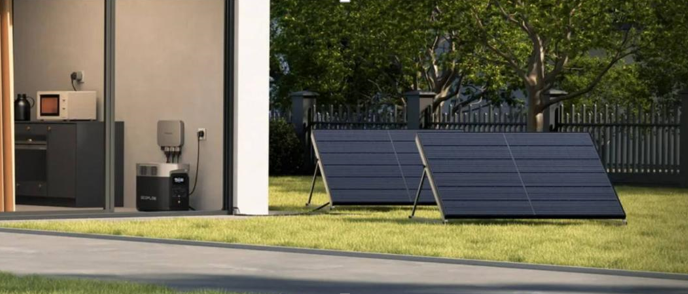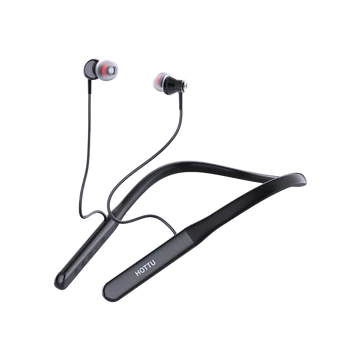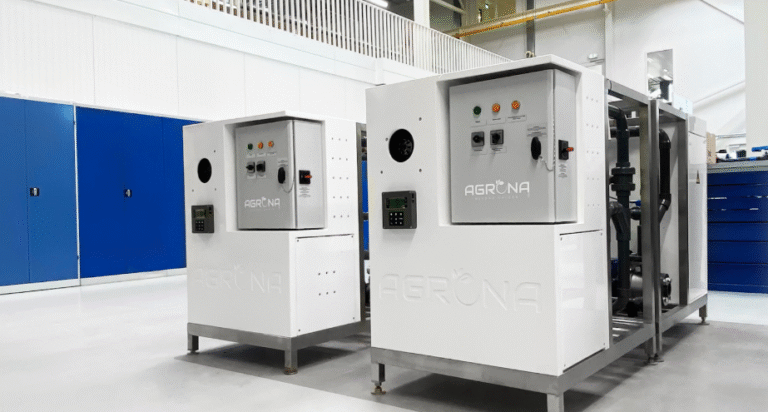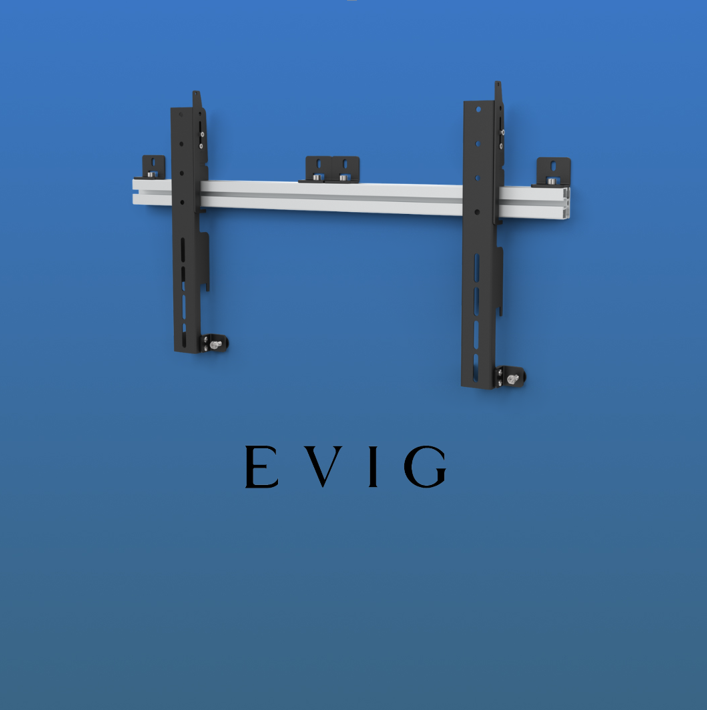How to Maximize Solar Panel Efficiency?
Maintenance, placement, and monitoring should all be planned to enhance solar panel efficiency. Highly efficient panels generate more power while saving more over time. Keeping panels in good condition year-round helps both households and businesses. This article explains how to properly maintain, place, and adjust panels for optimal energy output. Understanding the fundamentals improves solar energy system performance and lifetime. Consistent maintenance and creative optimization increase solar panel energy output, recouping your investment.
What Advice Regarding Solar Panel Maintenance Is Best?
Cleaning Frequency and Best Practices
Dust, bird excrement, and leaves obstruct sunlight, resulting in a decrease in output. Use mild detergent water to delicately brush or sponge the solar panels every three to four months. Avoid abrasive materials that have the potential to scratch the surface and caustic substances. To prevent the accumulation of residue, rinse thoroughly. Call a professional cleaner to guarantee safety and comprehensiveness if the panels are difficult to access. It is most convenient to clean panels in the early morning or late evening when they are colder and more manageable. Clean panels absorb more sunlight, which enhances energy output and ensures that your system operates efficiently without the need for overworked interior components.
Inspecting for Physical Damage or Debris
Inspect solar panels monthly for cracks, loose wiring, or shading from nearby trees. Physical damage may reduce energy production or constitute a safety issue, as evidenced by animal nests around wires or beneath mounting hardware. Access is restricted. Inspect the roof using a flashlight or binoculars. Any branches, snow, or dust that has accumulated. If you see any damage, contact a professional expert to examine and repair the system. Visual inspections save small faults from escalating into expensive repairs and guarantee that your panels constantly work at peak efficiency without unexpected outages.
See also: How Technology Has Changed the Music Industry
Monitoring System Performance
Monitor energy output via your system’s monitoring app or inverter display. Compare daily or weekly performance statistics to historical patterns. A considerable decrease in energy output might indicate a malfunction, unclean panels, or shading concerns. If your system permits it, create alerts to notify you when performance goes below a certain level. Monitoring allows you to identify problems early and make timely fixes. Understanding how your solar panels perform over time allows you to remain informed and make data-driven choices that maintain your system efficient and cost-effective all year.

How to Optimize Panel Placement and Angle?
Ideal Tilt and Direction for Maximum Output
The suitable tilt angle for solar panels changes with latitude. Many times, an angle equal to your latitude maximizes annual output. In the Northern Hemisphere, panels should face the true south; in the Southern Hemisphere, they should face the true north. Over the day, this direction gets the most direct sunlight. Using a digital compass or solar map tool can help you guarantee correct orientation. The degree of sunlight your panels absorb depends considerably on proper tilt and orientation, which directly determines the energy generation capacity. If the direction and angle of the roof are not ideal, take into account employing movable mounting techniques to line panels for best performance.
Adjusting Angle Based on Season
Adapt panel orientations seasonally to maximize solar exposure. To capture higher sun trajectories in the summer, lower the tilt by 10 to 15 degrees relative to your latitude. To absorb sunlight from a lower angle, raise the tilt by 10 to 15 degrees throughout the winter. By making this change, exposure is maximized during the shorter daylight hours. Seasonal modifications are easy and efficient with movable mounts, which aren’t usually feasible with permanent systems. Seasonal angle variations keep your solar panels operating effectively all year long and increase overall yearly energy output. Choose the optimal average yearly angle for your area if manual modification is not practical.
Roof vs. Ground-Mounted Panels
Roof-mounted panels make good use of existing space and blend in nicely with home designs, but they have limited positioning and adjustment choices. They are ideal when the roof direction and pitch coincide with good solar conditions. Ground-mounted panels provide greater control over tilt and direction, making them more efficient in some instances. Furthermore, they make cleaning and upkeep easier. However, they demand more yard space and installation supplies. The decision is based on available space, money, and long-term performance goals. Regardless of the option you pick, carefully situating your solar panels has a big impact on the amount of energy they generate and your return on investment.
Conclusion
Making the most of your solar panels involves more than simply installation. Regular maintenance, strategic installation, and constant monitoring are critical to attaining maximum efficiency and energy savings. Clean panels work better, properly aligned systems create more electricity, and constant tracking identifies problems early. Whether you’re a homeowner or a business owner, using these methods can help your solar energy system work optimally year-round. Stay proactive, and your panels will reward you with cleaner energy and cheaper power costs for many years to come. Make these simple steps, and your solar investment will actually pay off.






